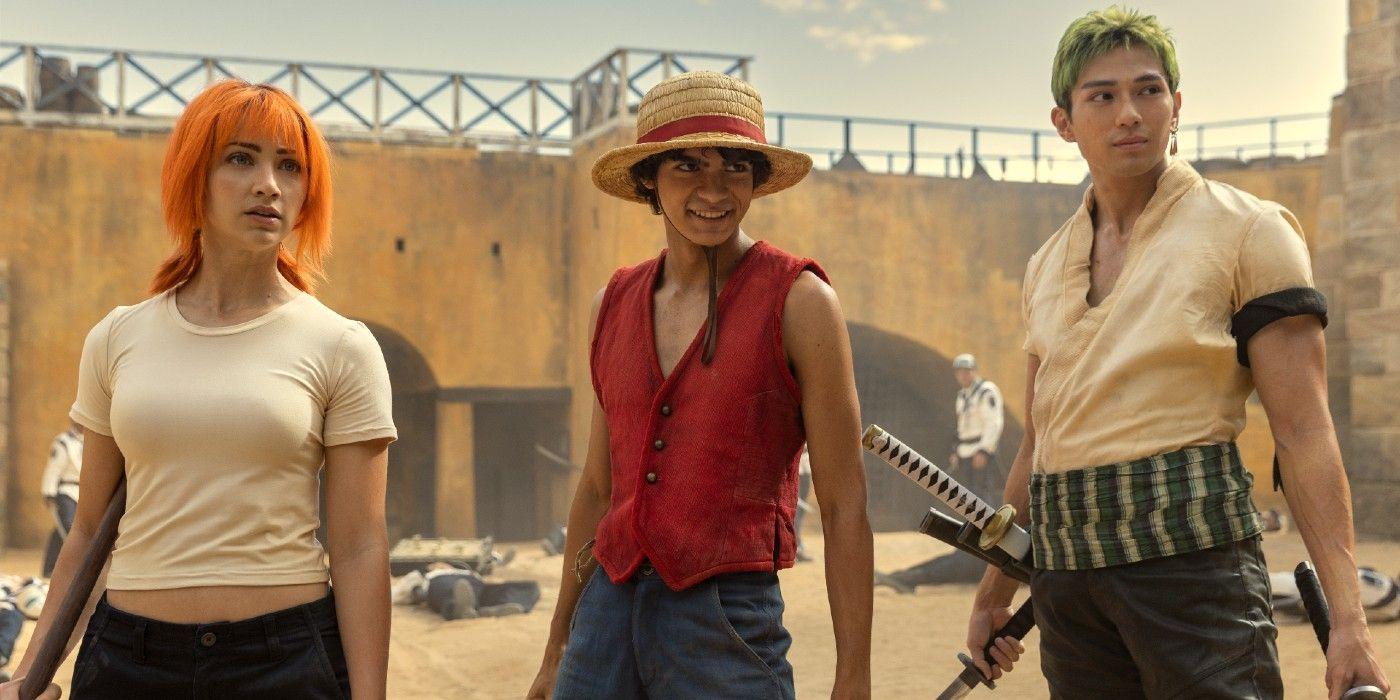Tired of sitting through a full episode of shonen anime only to find it’s 90% flashbacks? Netflix’s live-action adaptation of the cult classic One Piece has decided to address this by revolutionizing the way flashbacks are handled, and it’s a lesson that anime could seriously benefit from.
The Flashback Fiasco in Shonen Anime
We’ve all been there. Just when you’re getting to the edge of your seat, a major fight scene breaks out. The anime protagonist is down, it’s not looking good, and then—cut to 10 years ago on a lonely swing set or some equally dramatic childhood scene. Shows like Naruto and Bleach have been notorious for these long-winded, episode-hogging flashbacks.

Sure, flashbacks can offer invaluable context for our favorite characters. They’re the narrative tool that lets us know why Naruto Uzumaki fights so hard to be acknowledged or why Sasuke Uchiha is filled with angst and a thirst for vengeance. But when the flashback stretches on, hogging the majority of the episode’s runtime, it’s no wonder fans start to tune out. It’s the pacing equivalent of slamming the brakes on a racing car.
A Flash of Genius: One Piece’s Live-Action Solution
One Piece has long been a beloved series, which Netflix had the audacity to adapt into live-action—a move that could have turned into a train wreck. However, the platform managed to skillfully tackle this mammoth task and even tweaked the typical flashback formula, showcasing how a seemingly minor change can make a world of difference.
“Breaking up the flashbacks into actual flashes of the past and alternating with the present makes it easier to juggle both timelines, despite the frequent switching between them,”

explains how the One Piece series has so artfully changed the game. By interlacing flashbacks into the existing narrative, the series doesn’t just keep the pace brisk—it allows for a dynamic interplay between past and present that breathes new life into these historical snippets.
Past & Present: A Seamless Narrative Tapestry
Take Roronoa Zoro, for instance, the sword-slinging, bandana-wearing pirate with dreams as big as his biceps. When Zoro faces a challenge that seems insurmountable, the show splices in relevant pieces of his past—like his intense rivalry and subsequent friendship with Kuina. Not only does this provide additional emotional weight to his present-day struggles, but it also keeps the storyline moving.

Monkey D. Luffy, the straw-hat-wearing protagonist, also benefits from this technique. Imagine Luffy, caught in a near-death experience, recollecting not an entire episode’s worth of memories, but only the crucial moment that fuels his will to survive. This doesn’t just make for good storytelling; it makes for riveting viewing.
Why Anime Needs to Take Notes
What sets One Piece’s live-action adaptation apart isn’t necessarily the acting or the CGI—it’s the innovative writing. Anime series across the board could stand to adopt this fragmented approach to flashbacks, adding a much-needed burst of pacing and nuance to their storytelling. This method could even be adapted to anime that is based on manga or light novels that feature extensive flashbacks. By slicing these flashbacks and integrating them at relevant junctures, the anime could provide a more immersive and engaging experience.
The point is, extended flashbacks are not the enemy; it’s the implementation that needs a refresh. Even something as iconic as the original One Piece anime could use this updated approach to make the storyline more dynamic and less reliant on lengthy expositional info-dumps.
One Piece Live Action is a masterpiece ✨ pic.twitter.com/BAOtFNaZDz
— One Piece Tweets (@onepiecedaiIys) September 9, 2023
A Flash Forward to Future Adaptations
In an era where every bit of content competes for our limited attention span, anime—and storytelling, in general—needs to adapt. Netflix’s One Piece live-action series provides a compelling blueprint for how flashbacks can and should be done to enhance rather than hinder the narrative.
If we’re lucky, this could signify a turning point, inspiring future anime series to make flashbacks exactly what they ought to be: brief, focused flashes that illuminate rather than overshadow the story. A method that puts the “flash” back in flashbacks. After all, aren’t we all just looking for a tale well told?










